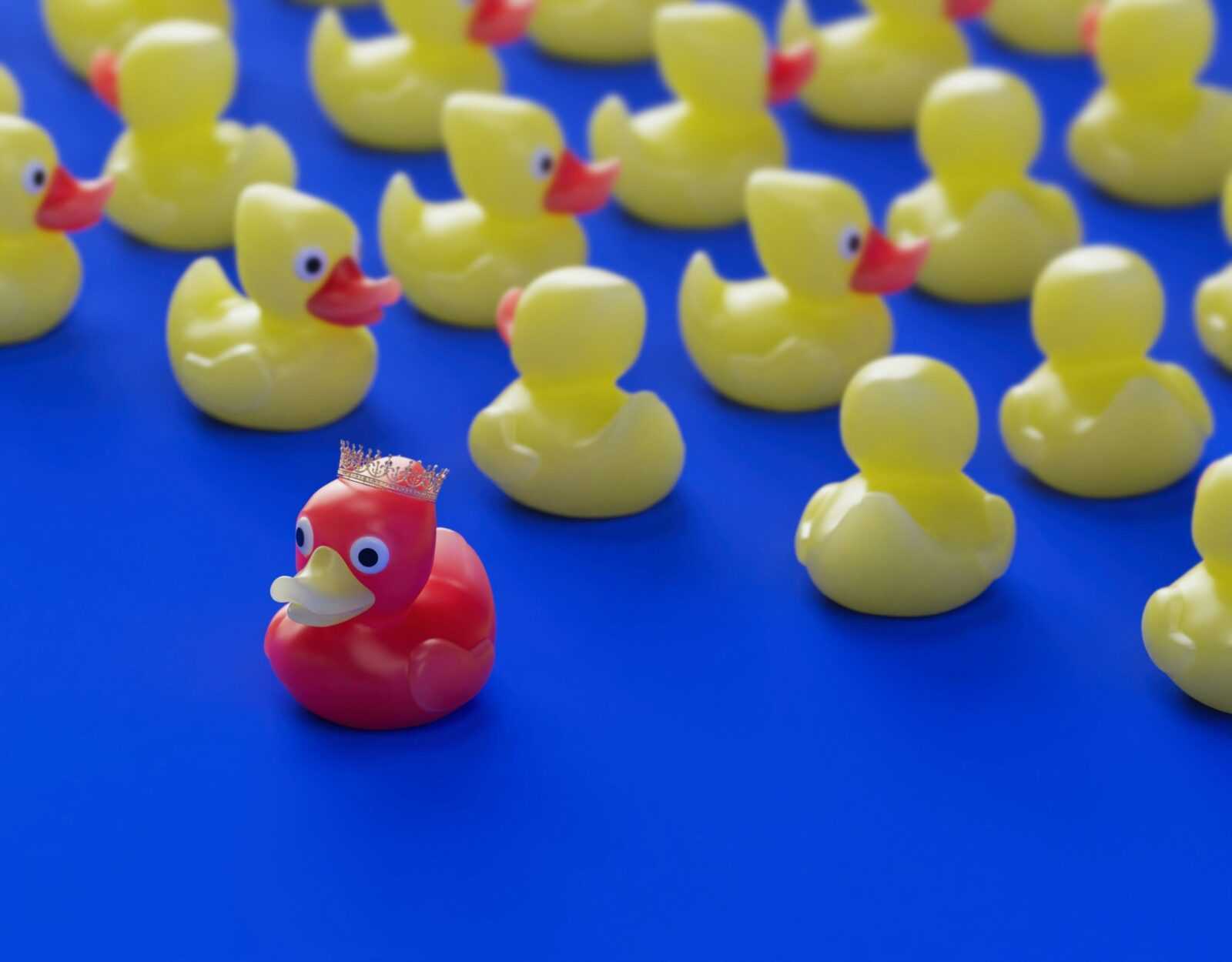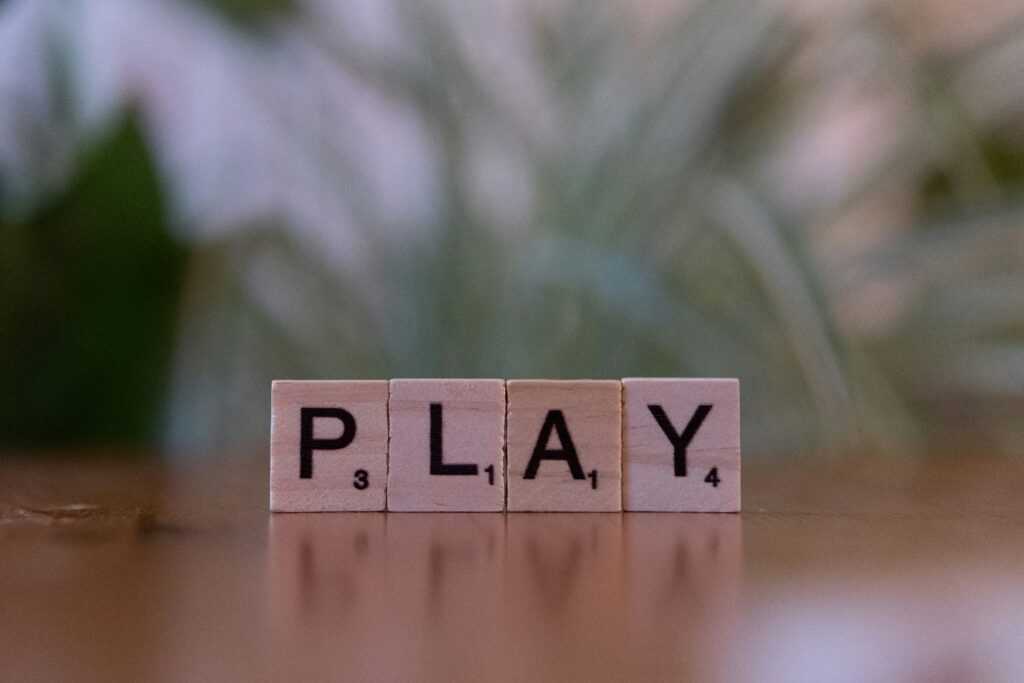Why Emotional Skills Matter Just as Much as Math Skills
Before a kid can solve for x or spell ‘meteorologist,’ they need to know what to do with frustration, excitement, or disappointment. Emotional development isn’t extra credit it’s core curriculum. Encouraging emotional awareness early lays the groundwork for communication, resilience, and problem solving. Kids who can name and sit with their feelings are better equipped to work through challenges, on or off the playground.
Play is the easiest way for kids to start practicing emotional intelligence. It’s where big feelings show up naturally. A spilled tower. A lost game. A pretend dragon that seemed a little too real. Each of these is a moment to learn, react, and self adjust. When adults hold space for all that (without jumping in too fast), kids grow into people who can manage stress, read a room, and care about others.
The kicker: it starts way earlier than many expect. Toddlers can begin to identify emotions. Preschoolers can talk about them. Emotional learning doesn’t begin in therapy it begins at the train set, the dollhouse, the costume bin. That’s where the roots of empathy, grit, and self awareness get planted.
Create Safe Play Spaces That Invite Expression
Creating a safe and inviting environment for play is one of the most effective ways to support children’s emotional growth. When kids feel emotionally secure, they’re more likely to explore and express what they’re experiencing inside.
Let Kids Take the Lead
Children process emotions best when they feel in control of their play. Instead of steering their activities, allow them to guide the direction. This gives them space to:
Test boundaries safely
Explore emotional themes on their own terms
Build confidence by creating their own narratives
Open ended toys like blocks, play kitchens, art supplies, or dress up items invite imagination and allow emotions to surface naturally during play.
Explore Feelings Through Stories and Role Play
Imaginative tools help children externalize their emotions and explore them in a safe format. Consider using:
Storytelling: Reading books that highlight emotional themes can spark deeper conversations.
Dolls or action figures: Kids often project their own feelings onto characters during pretend play.
Role play scenarios: Setting up small scenes lets kids act out real life situations, which can reveal how they’re feeling.
These strategies work best when adults follow the child’s lead without correcting or directing the outcome.
Remove Judgment From the Playroom
All emotions deserve a place in play not just the cheerful or “well behaved” ones. Kids need room to express:
Frustration
Sadness
Excitement
Confusion
Instead of trying to fix uncomfortable emotions, validate them by being present and accepting. Phrases like “It’s okay to feel that way” or “That makes sense” can go a long way in helping children feel seen.
Emotional expression during play isn’t always tidy but that’s not the point. The goal is to create an environment where all feelings are welcome and explored with curiosity, not judgment.
Use Play to Name and Navigate Emotions

Play is more than just entertainment it’s a natural gateway for emotional learning. When kids are relaxed and engaged, they’re more open to naming what’s going on inside. That makes playtime an ideal moment to start building emotional vocabulary.
Simple games go a long way. Try “feelings charades,” where kids act out emotions instead of words, or match faces to emotion cards. These types of activities don’t just teach kids what emotions look like. They give kids the language to say, “I’m frustrated” instead of just melting down.
It’s also not about fixing everything. A big feeling doesn’t always need a solution. Sometimes the most powerful thing you can do is name it and acknowledge it. Saying, “Yeah, that does sound really upsetting” goes further than you think. It doesn’t have to be complicated. Just consistent, present, and real.
Thoughtful Routines That Build Self Awareness
In the chaos of early mornings and busy evenings, small pockets of play can do serious emotional heavy lifting. A short ritual five minutes of role play, a hand clapping game, or just a shared quiet breath before breakfast can act as a subtle reset, helping kids stay grounded and connected.
Routines create emotional check in points. Maybe it’s the same silly dance before brushing teeth, or a mindful moment before bed where kids stretch and name their mood. These aren’t big productions. They’re short, repeatable cues that say: hey, how are you doing inside?
Mindful movement games like freeze dance with pauses for deep breaths work well when emotions run high. They help kids come back to the moment, calmly. Breathing games where you blow up imaginary balloons or watch a feather float on an exhale are great for calming nervous systems, without making it feel like “therapy.”
Want to go deeper? Try mindfulness for kids for simple tools that fit real life.
The Grown Up Role During Emotional Play
The first step? Quiet down and watch. Let your child take the lead while you simply observe their play. This helps you tune in without jumping ahead or directing the action. When you do join in, mirror what they’re doing if they’re making their toy dinosaur nap on a pillow, grab another toy and do the same. It sends a subtle but powerful message: I see you. I’m here.
Next, open the door to feelings without forcing anything. Ask open ended questions like, “What’s your bear feeling right now?” or “What made your knight look so grumpy?” These kinds of prompts give kids space to process and share, without pressure to explain in adult terms.
And lastly, offer simple words to help name what’s going on. If their toy truck crashes and they look frustrated, you might say, “That was a big crash. It looked kind of upsetting.” Giving kids the language to match their emotions is like handing them a map: they’re still navigating, but now with more tools in their pocket.
Consistency Beats Complexity
When it comes to supporting emotional development, you don’t need elaborate plans or endless new ideas. What truly makes the difference is showing up consistently and with intention.
Repeat Simple, Meaningful Activities
Complex play setups aren’t necessary. Children thrive on repetition because it helps them understand, predict, and eventually internalize emotional tools:
Revisit the same feelings based games or role play scenarios
Use consistent language when talking about emotions
Keep familiar toys or props that allow safe emotional exploration
Be Present, Even on the Tired Days
Some days, your energy may be low but emotional support doesn’t require perfection, just presence.
Sit with them during play, even for 10 minutes
Let them take the lead while you observe and offer quiet support
Validation and attention more than activity are what they’ll remember
The Power of Micro Moments
You don’t need long play sessions to make a big impact. Small, intentional moments throughout the day contribute significantly to emotional resilience:
Use bedtime stories to discuss emotions
Ask simple check in questions like “What was your favorite part of today?”
Turn transitions (like coming home or winding down) into predictable emotional rituals
By building emotional intelligence through steady, reliable interactions, children learn to regulate, reflect, and relate skills that will serve them far beyond the playroom.


 Deborah Sextoneer brought her passion for community building and user engagement to Dazzling Holly Moms, playing a vital part in the platform's development. With her keen understanding of the challenges mothers face, Deborah ensured that the content resonates with moms and addresses their diverse needs. Her efforts in creating interactive features and fostering a supportive community have made Dazzling Holly Moms a go-to platform for mothers looking for practical advice and a sense of belonging. Deborah’s contributions have been essential to the project's ongoing success.
Deborah Sextoneer brought her passion for community building and user engagement to Dazzling Holly Moms, playing a vital part in the platform's development. With her keen understanding of the challenges mothers face, Deborah ensured that the content resonates with moms and addresses their diverse needs. Her efforts in creating interactive features and fostering a supportive community have made Dazzling Holly Moms a go-to platform for mothers looking for practical advice and a sense of belonging. Deborah’s contributions have been essential to the project's ongoing success.